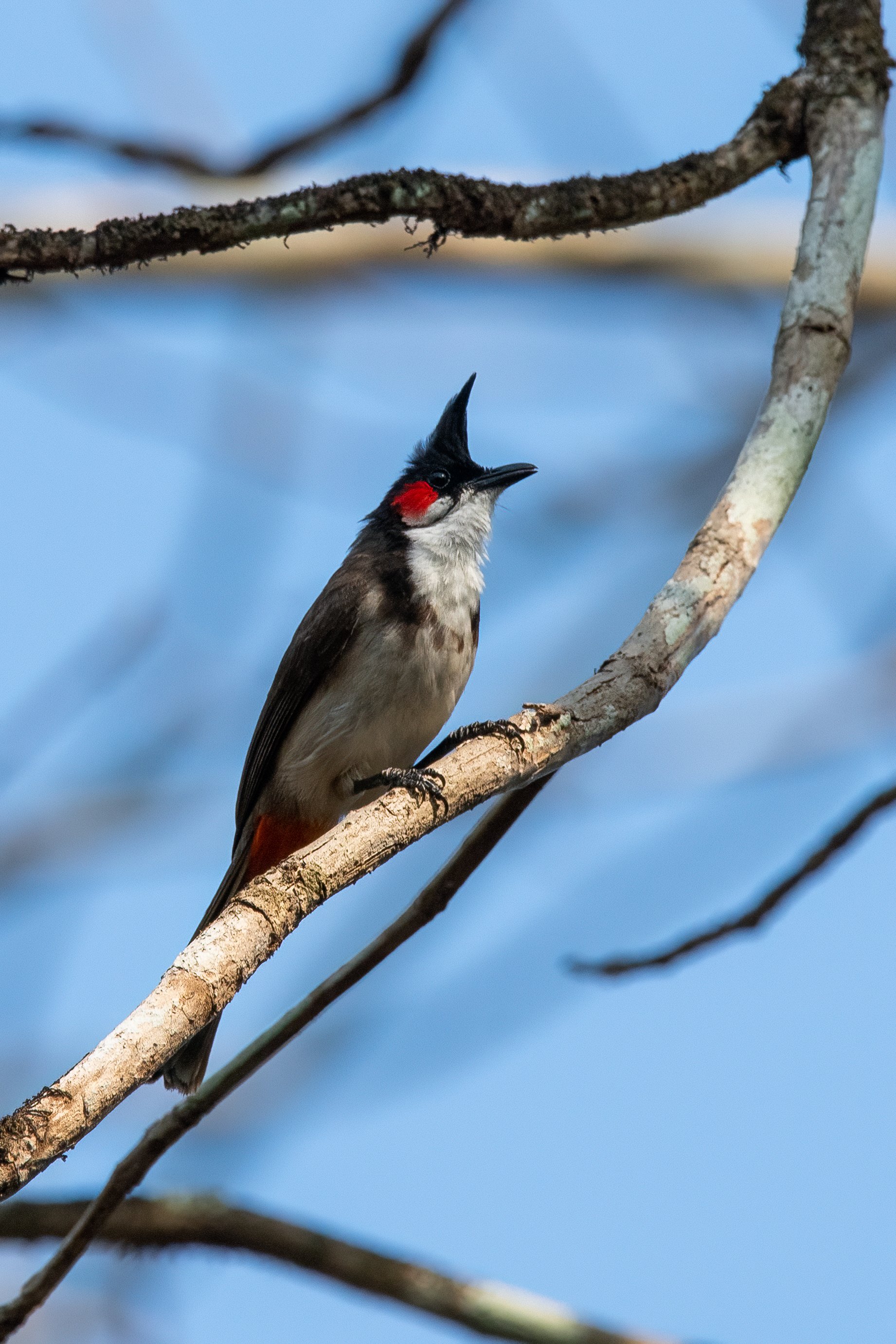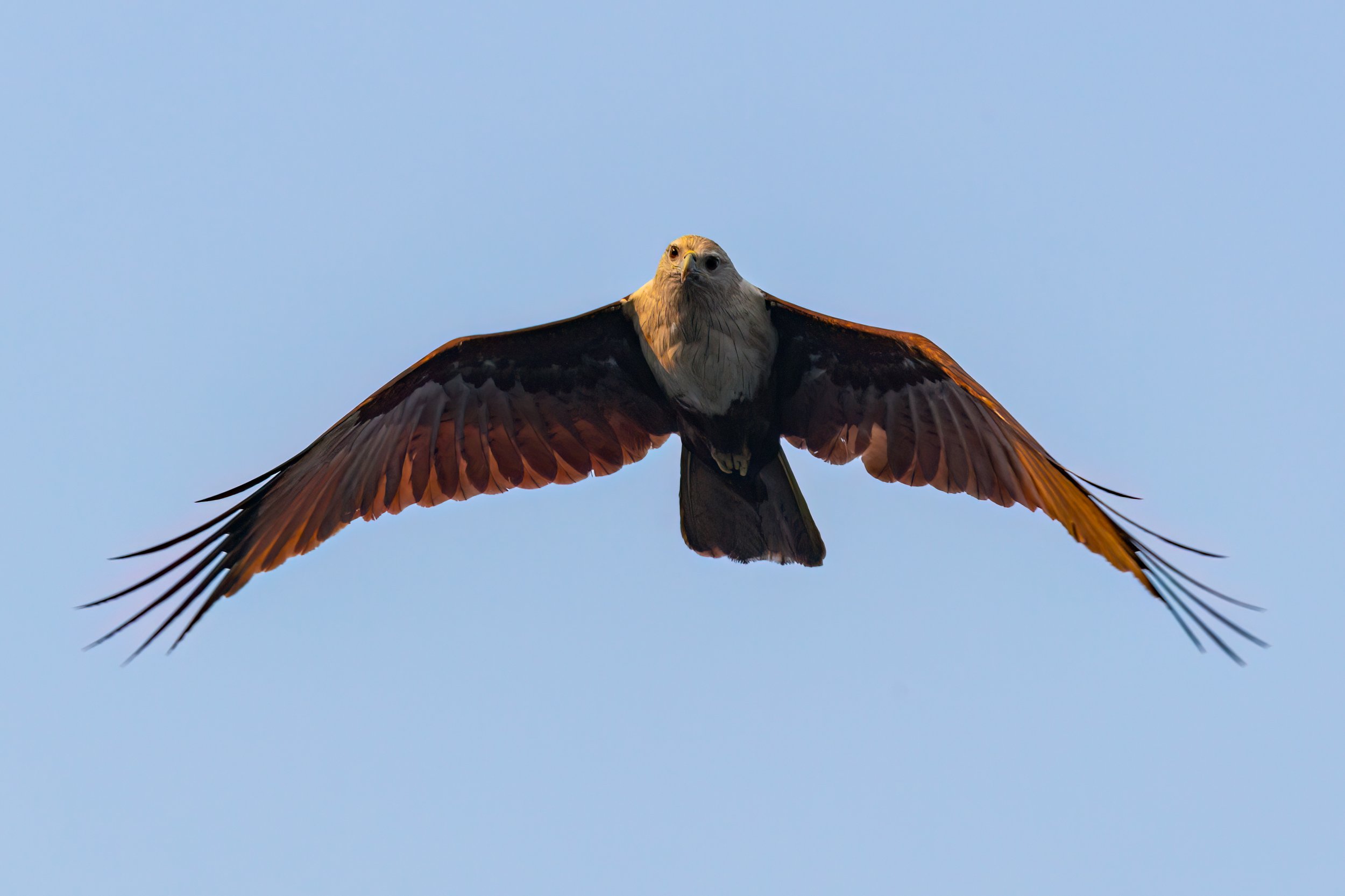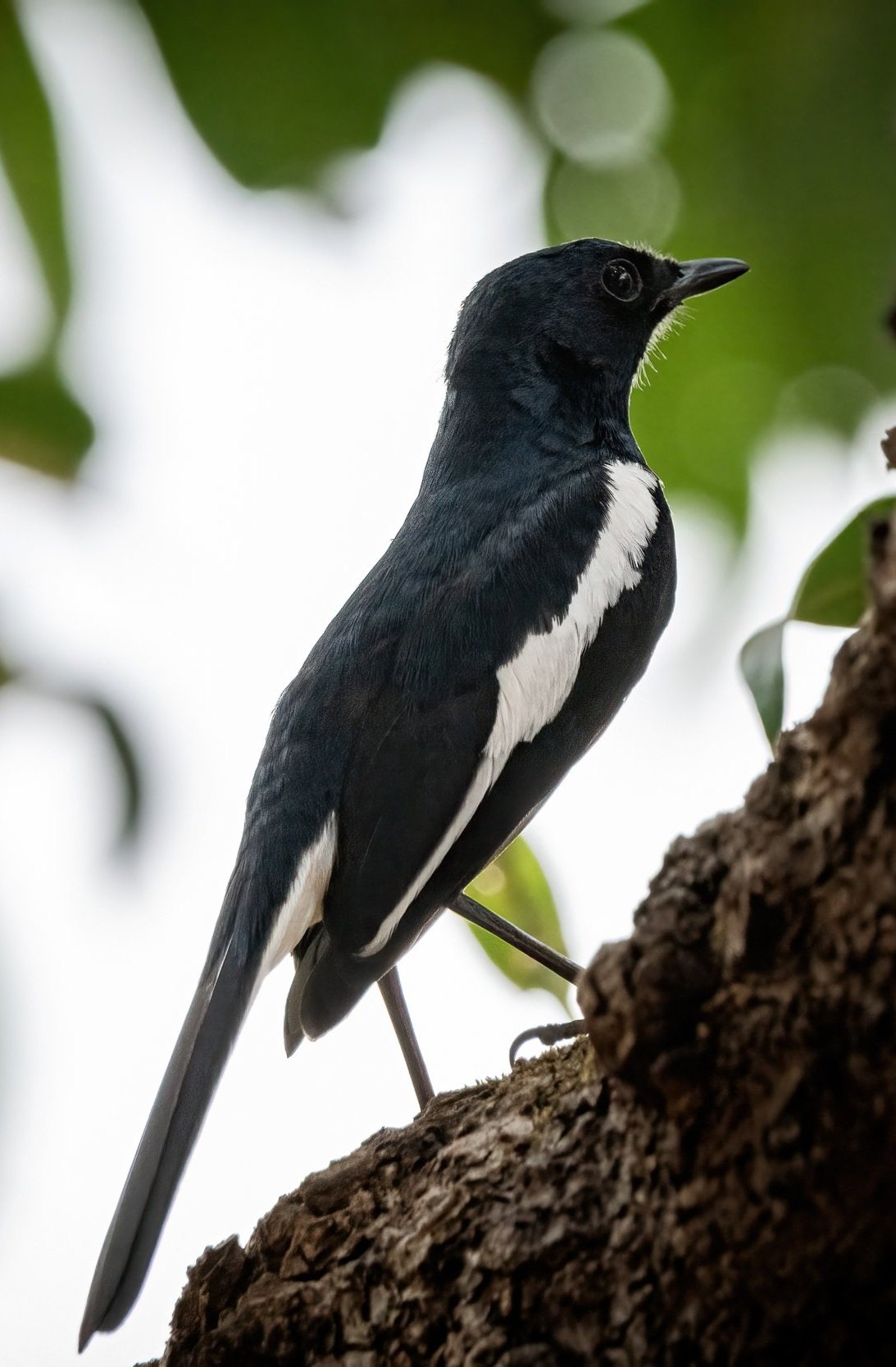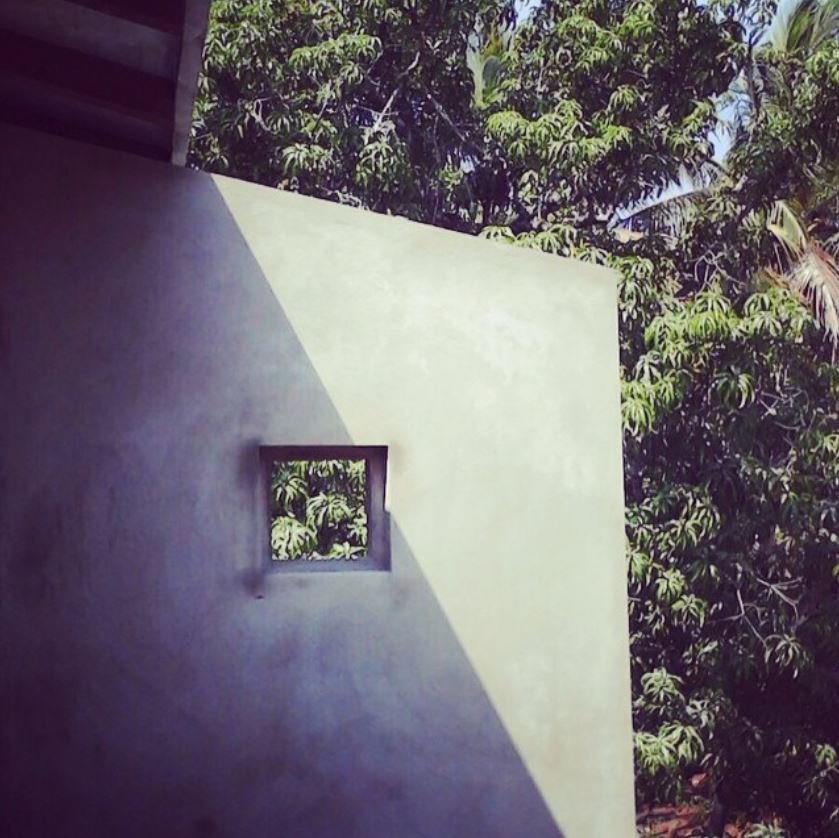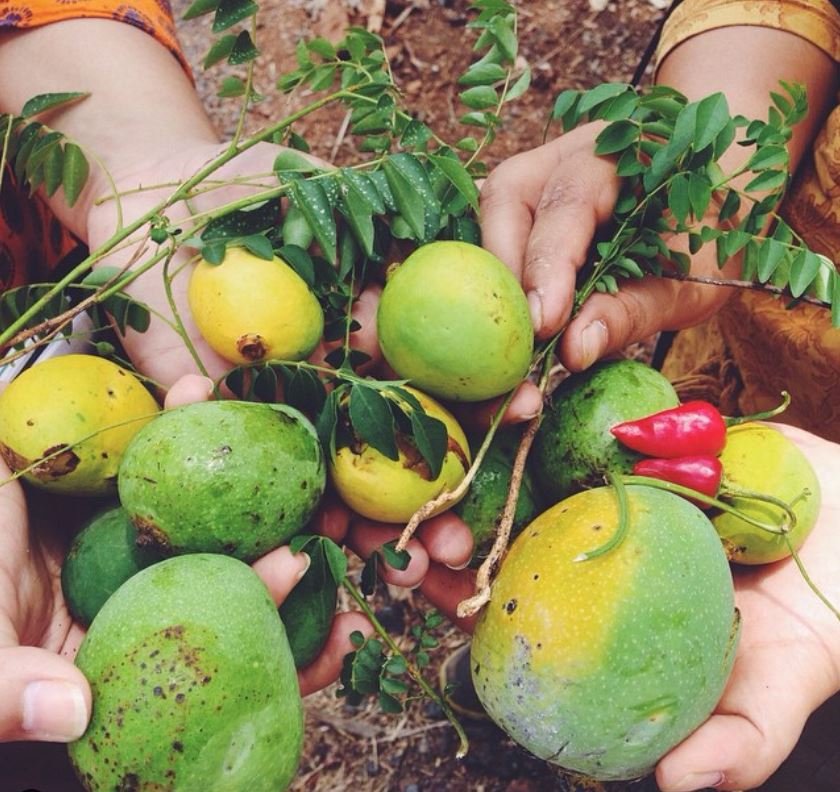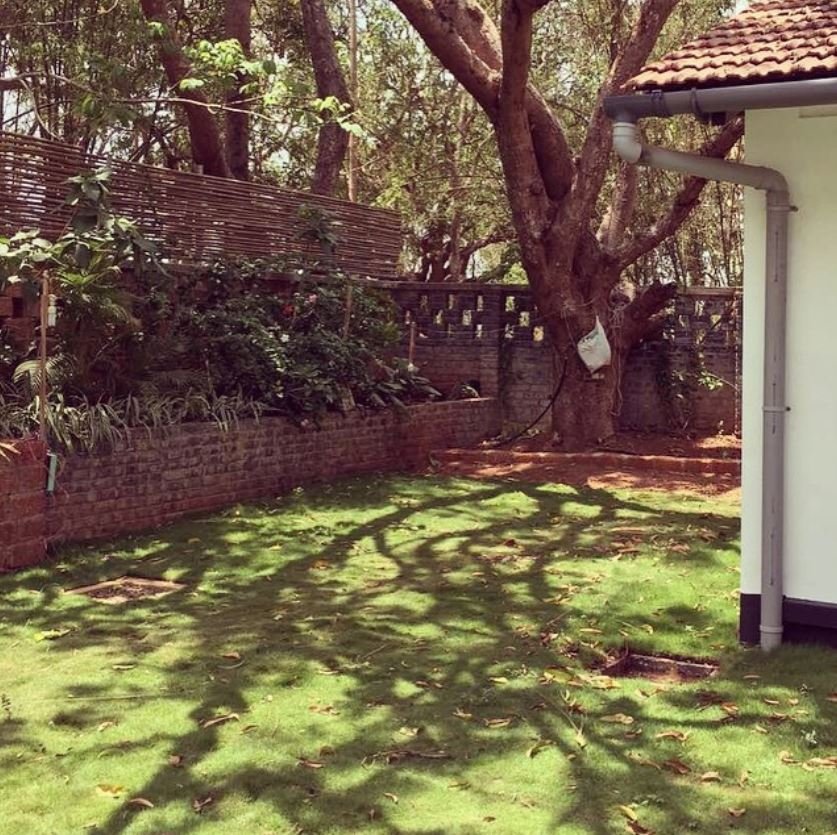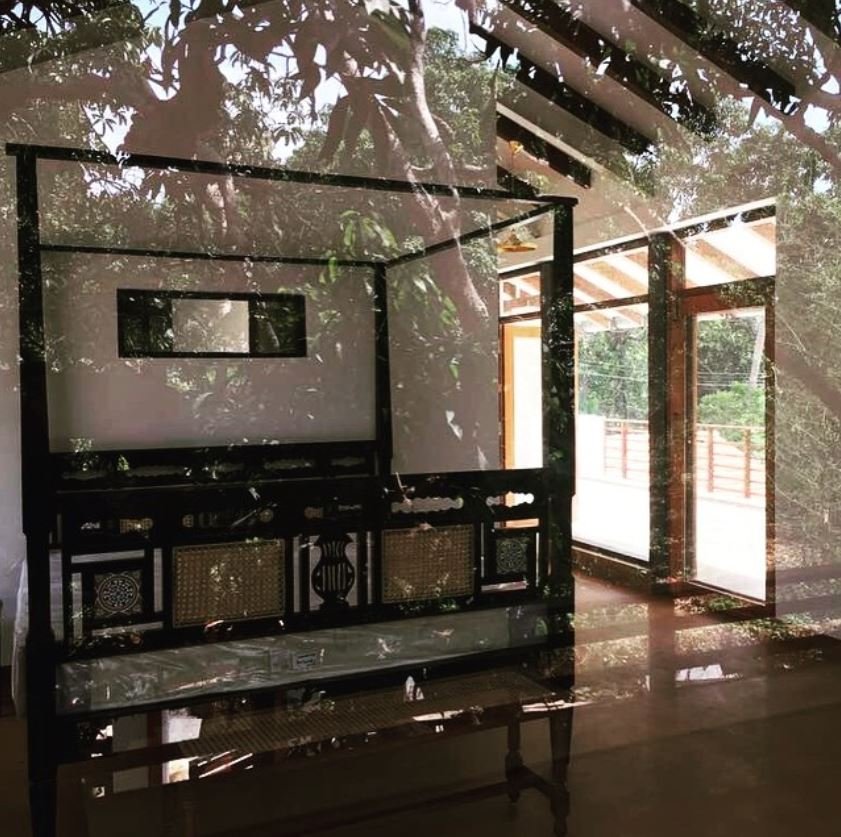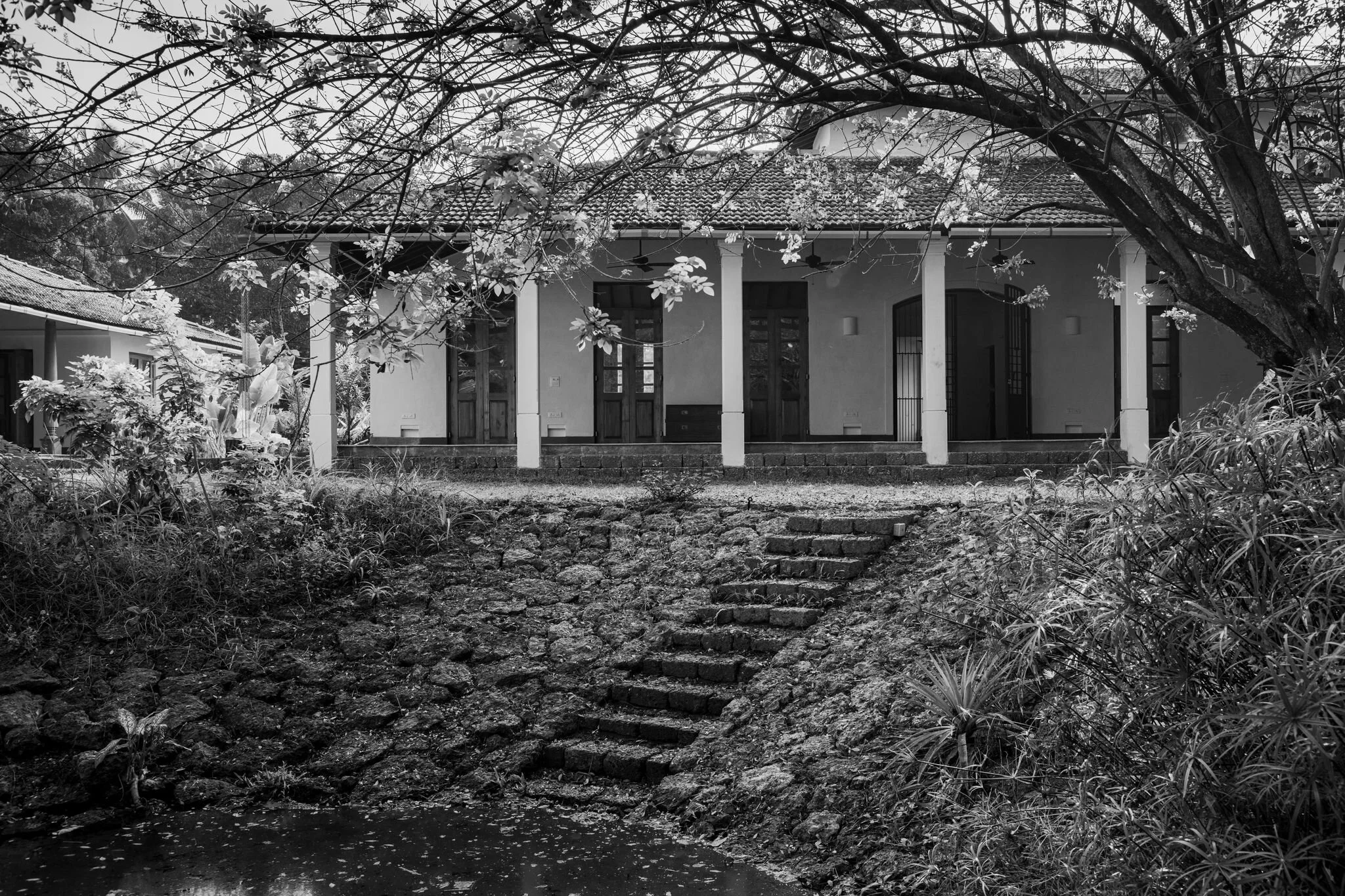Goa is not only known for its beaches, but it is famous for its flora and fauna as well. If you're someone living in Goa, you will know of its vibrant variety of aviary species. The state is home to 5% of the world’s bird species and about 50% of the bird species found in India, making it an important location for birdwatchers.
Intermediate Egret
Red Whiskered Bulbul
Asian Geen Bee Eater
The bird-lovers visiting Goa have a lot of places to choose from; Bondla Wildlife Sanctuary, Bhagwan Mahaveer Wildlife Sanctuary, Cotigao Wildlife Sanctuary, Carambolim Lake, Soccorro Plateau, Morjim Beach, Curtorim Wetland Complex and Zuari are among the significant birdwatching locations here.
Purple Rumped Sunbird
Pale Billed Flowerpecker
Barn Swallow
Black Winged Stilt
Black Headed Ibis
Brahminy Kite
Oriental Magpie Robin
Gull Billed Tern
We here at GROUNDED have attempted to give you a compilation of the most commonly spotted birds in Goa, especially the regions closer to our villa projects. For anyone looking to move to Goa, check out our upcoming sustainable villa developments here.
All photographs are taken by our COO and resident wildlife and architectural photographer, Sanjeet Wahi.




